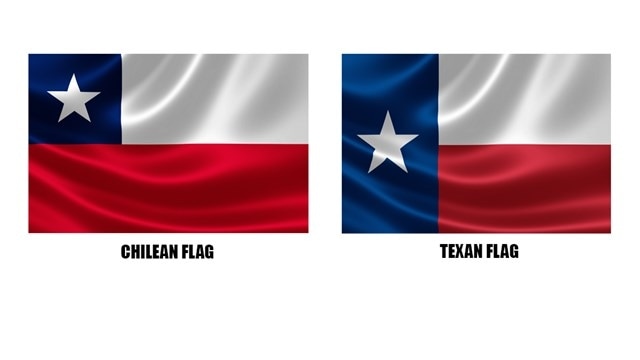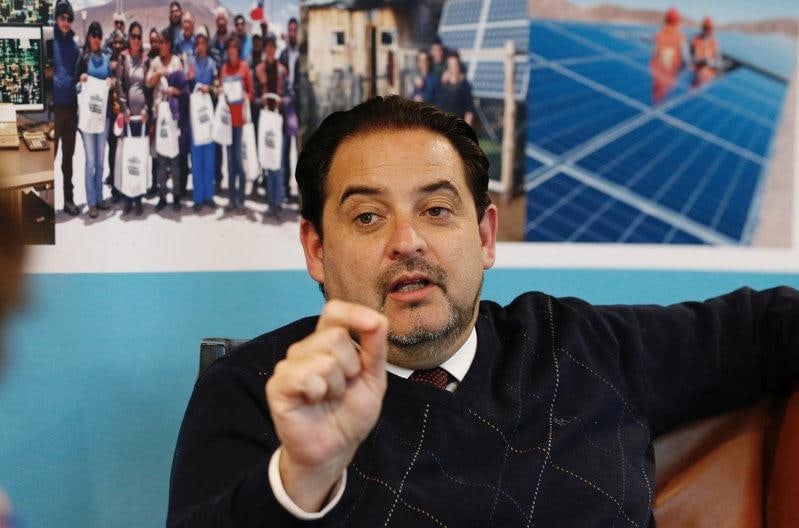
SANTIAGO – President Michelle Bachelet announced Thursday that the Chilean Government will allocate an investment of 47 billion pesos (just over US$74 million) for the construction of a new airport for Easter Island, which could be completed in 2022.
During her visit to Rapa Nui, the President recalled that “the last year we committed to improve air connectivity and for this, the expansion works of the Mataveri Airport were envisaged, committing resources for approximately 8 billion (pesos).”

“I want to tell you that the Ministry of Public Works, the Subdere and the Regional Government of Valparaíso studied the situation well and came to a slightly more ambitious conclusion: Improving the current airport is not enough and a new one is needed and that is what we are going to do make, a new airport, “she said (in Spanish).
Pdta. @mbachelet encabezó la ceremonia de entrega en concesión del Parque Nacional Rapa Nui. #PdtaEnIslaDePascua pic.twitter.com/3eMNHQ2bek
— Prensa Presidencia (@presidencia_cl) November 23, 2017
In this line, Bachelet explained that “the new passenger terminal will go from 2,500 square meters that it has today to 8,500 square meters, with the aim of adapting it to the B-787 aircraft that is currently operating on the island and recovering the quality in the service. In addition, its location will change.
“Hoy firmamos el decreto que entrega en concesión el Parque” al pueblo rapa nui, afirmó la Presidenta @mbachelet #PdtaEnIslaDePascua pic.twitter.com/iAt6gUxbJt
— Prensa Presidencia (@presidencia_cl) November 23, 2017
She also stressed that “the investment will be much higher, before they were like 8 billion pesos and now what is going to be done at the airport will cost 47 billion (pesos), which will be financed by the MOP, with Contributions from the Subdere, we are talking about starting work next year, so that it is ready in 2022.”
Easter Island mayor looks to Catalonia as inspiration for a referendum
Meanwhile, the head of state also highlighted the signing of the decree that enshrines the transfer in concession for 50 years of the administration of the National Park to the Ma’u Henua community, who are “the best guarantors of the proper conservation of their cultural heritage”.



